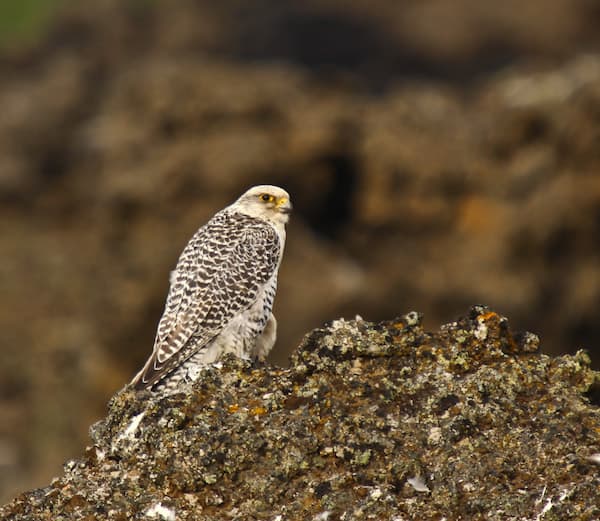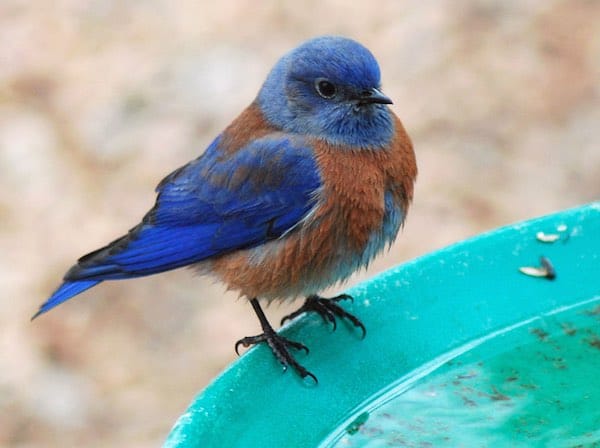Its bill is three-toned: The tip is black, followed by a white band, then much gray, then a white border where bill meets head. Like the scaup, the female ringneck is more somber in coloration and markings, but she has a noticeably dark crown compared with the rest of the head.
She sports a white eye ring, and usually has a clearly three-toned bill. As with the red-bellied woodpecker, the ring-necked duck’s name was poorly chosen by “dead-bird-in-the-hand” early ornithologists: Only in rare circumstances will you see its namesake rusty collar.
Listen for
Mostly silent. Females give a nasal, burry errr-errr. Males in courtship utter a high whistle.
Find it
The ring-necked duck is a characteristic bird of the South—not because it nests there, but because of its widespread occurrence there in winter. Flocks of ringnecks frequent marshes, swamps, and sheltered and wooded corners of lakes. These birds are often found in areas where the only other regularly sighted ducks are wood ducks and mallards (in interior areas).
Ringnecks are also found on open water and areas with a wider diversity of ducks. Most ring-necked ducks winter in the United States, below the northern tier of states, and south into central Mexico. Others winter in the West Indies, and a few are found as far south as Panama.
Unlike scaup, ring-necked ducks frequent small or smallish bodies of water, and they rarely enter salt water. Summer finds them nesting in Canada, Alaska, and a good number of northern U.S. states in freshwater wetlands, usually surrounded by forest.
Feed it
Ring-necked ducks dive for their supper, snipping roots and stems of plants, eating seeds, insects, and mollusks. Like other waterfowl, their recently hatched young eat mostly insects.
Nesting Behavior
The female ring-necked duck usually lays between 8 and 10 eggs in a nest of grasses or other plants clipped from nearby. She incubates the eggs for almost a month. After they hatch, she accompanies her chicks until they can fly, shortly before two months of age.




